
Verona art city, Valpolicella wine tasting full day private tour
1 day
Private
Full Day
Instant confirmation
About this activity
Itinerary
This is a typical itinerary for this product
Stop At: Verona's Cathedral (Duomo), Piazza Duomo in the Citta Antica, Verona Italy
The city of Verona is known worldwide for Romeo and Juliet legend and for the opera season which takes place on summer evenings in the magnificent scenery of a Roman amphitheater. Verona is primarily a beautiful city of art, located at the foot of the last offshoots of the Alps. The town is crossed by the second longest Italian river, the Adige, that descends from the Alpine valleys into the Adriatic sea.
The city has important monuments: Roman Amphitheater, Theaters, walls and gates, and also beautiful Romanesque and Gothic churches (San Zeno, the Cathedral, St. Anastasia, St. Fermo, Santa Maria Antica with the "Arche Scaligere"). We can find interesting public buildings (ancient palaces around Piazza Erbe, Piazza Dante and Castelvecchio now the Civic art Museum) and private especially of the Renaissance period, due to the genius of Michele Sammicheli, and other architects. Verona is known as the second art city of the Veneto region just after Venice.
Verona has experienced moments of splendor with the Scaligeri, with special guests such as the Florentine Dante Alighieri. And William Shakespeare has used the scenery of Verona for Romeo and Juliet, the story of two young lovers, whose legendary tomb, with the house and the famous balcony, are annually visited by thousands of tourists.
To be reported the remains of fortifications from different eras: parts of the Roman period almost 2000 years ago (two gates have been preserved: Porta Borsari and Porta Leoni), the medieval and Renaissance walls that enclose a wide area of the ancient city, those of the Austrian domination and barracks scattered around the town, and on all the surrounding hills
Duration: 3 hours
Stop At: Santuario di Santa Maria di Valverde, Monte Castelon, 37020, Marano di Valpolicella Italy
The Valpolicella is located in the province of Verona, north west of the city, close to the reliefs in between Verona and the Adige Valley near Lake Garda, with whom the Valpolicella has in common, thanks to the sun exposure and mild temperatures, an almost Mediterranean climate and a gentle landscape of vineyards and olive groves, dotted with cypress trees.
The Valpolicella is not a single valley, but an integrated set of three major valleys almost parallel and sloping from north to south (those of Negrar, Marano and Fumane), forming an area of undulating hills, gentle slopes, of small gathered hollows , ranging from 80m above sea level along the river Adige, to 1540mt of the watershed from Trentino region. The landscape has evocative variety of panoramas.
The underground sedimentary rocks allowed, since ancient times, the extraction and the processing of Verona marble and Prun Stone, also used for the ancient buildings construction of Verona, Venice and other Italian cities.
The Valpolicella makes very nice red wines, but the most important and well known all over the world is the Amarone. In the 6th century, Flavius Magnus Aurelius Cassiodorus Senator praised the great quality of the Acinaticus, a wine produced in the Valpolicella area. Today, we can consider the Amarone to be a direct descendant of this Acinaticus, a wine that has been so well praised in ancient times. However, the ancestor of the Acinaticus was very different to the current Amarone. It was a dense and sweetish wine that is probably more similar to today's Recioto.
Duration: 2 hours
Read more
Show less
This is a typical itinerary for this product
Stop At: Verona's Cathedral (Duomo), Piazza Duomo in the Citta Antica, Verona Italy
The city of Verona is known worldwide for Romeo and Juliet legend and for the opera season which takes place on summer evenings in the magnificent scenery of a Roman amphitheater. Verona is primarily a beautiful city of art, located at the foot of the last offshoots of the Alps. The town is crossed by the second longest Italian river, the Adige, that descends from the Alpine valleys into the Adriatic sea.
The city has important monuments: Roman Amphitheater, Theaters, walls and gates, and also beautiful Romanesque and Gothic churches (San Zeno, the Cathedral, St. Anastasia, St. Fermo, Santa Maria Antica with the "Arche Scaligere"). We can find interesting public buildings (ancient palaces around Piazza Erbe, Piazza Dante and Castelvecchio now the Civic art Museum) and private especially of the Renaissance period, due to the genius of Michele Sammicheli, and other architects. Verona is known as the second art city of the Veneto region just after Venice.
Verona has experienced moments of splendor with the Scaligeri, with special guests such as the Florentine Dante Alighieri. And William Shakespeare has used the scenery of Verona for Romeo and Juliet, the story of two young lovers, whose legendary tomb, with the house and the famous balcony, are annually visited by thousands of tourists.
To be reported the remains of fortifications from different eras: parts of the Roman period almost 2000 years ago (two gates have been preserved: Porta Borsari and Porta Leoni), the medieval and Renaissance walls that enclose a wide area of the ancient city, those of the Austrian domination and barracks scattered around the town, and on all the surrounding hills
Duration: 3 hours
Stop At: Santuario di Santa Maria di Valverde, Monte Castelon, 37020, Marano di Valpolicella Italy
The Valpolicella is located in the province of Verona, north west of the city, close to the reliefs in between Verona and the Adige Valley near Lake Garda, with whom the Valpolicella has in common, thanks to the sun exposure and mild temperatures, an almost Mediterranean climate and a gentle landscape of vineyards and olive groves, dotted with cypress trees.
The Valpolicella is not a single valley, but an integrated set of three major valleys almost parallel and sloping from north to south (those of Negrar, Marano and Fumane), forming an area of undulating hills, gentle slopes, of small gathered hollows , ranging from 80m above sea level along the river Adige, to 1540mt of the watershed from Trentino region. The landscape has evocative variety of panoramas.
The underground sedimentary rocks allowed, since ancient times, the extraction and the processing of Verona marble and Prun Stone, also used for the ancient buildings construction of Verona, Venice and other Italian cities.
The Valpolicella makes very nice red wines, but the most important and well known all over the world is the Amarone. In the 6th century, Flavius Magnus Aurelius Cassiodorus Senator praised the great quality of the Acinaticus, a wine produced in the Valpolicella area. Today, we can consider the Amarone to be a direct descendant of this Acinaticus, a wine that has been so well praised in ancient times. However, the ancestor of the Acinaticus was very different to the current Amarone. It was a dense and sweetish wine that is probably more similar to today's Recioto.
Duration: 2 hours
Included
- Air-conditioned vehicle
- Private transportation
- Parking Fees
- Entry/Admission - Santuario di Santa Maria di Valverde
Not included
- Lunch
- Gratuities
Additional
- Confirmation will be received at time of booking
- Not wheelchair accessible
- Stroller accessible
- Service animals allowed
- Infant seats available
- Most travelers can participate
- This is a private tour/activity. Only your group will participate
Features
Tourism
85%
Cultural
75%
Food
30%
You may also like









 See all 32 Collections
See all 32 Collections
Click to discover other experiences
See all
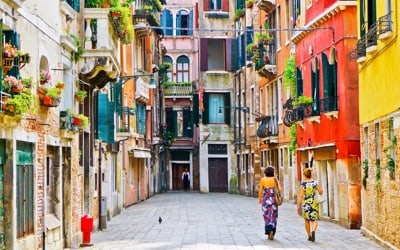
Collections
Walking Tour
104 Activities
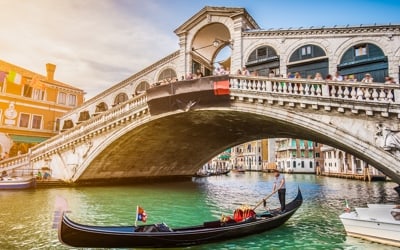
Collections
Gondola
163 Activities

Collections
Private Tour
96 Activities
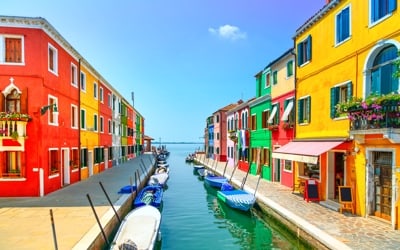
Collections
Burano, Murano & Torcello Tour
73 Activities
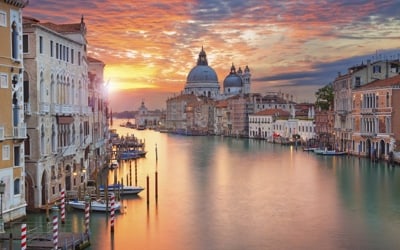
Collections
Grand Canal Tour
51 Activities
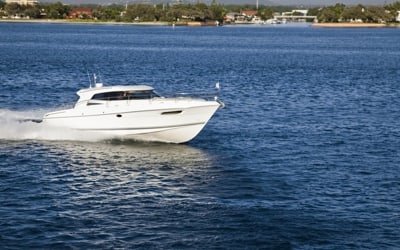
Collections
Cruise & Boat
49 Activities
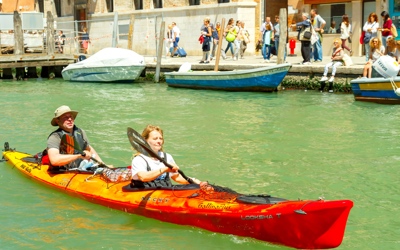
Collections
Original
17 Activities
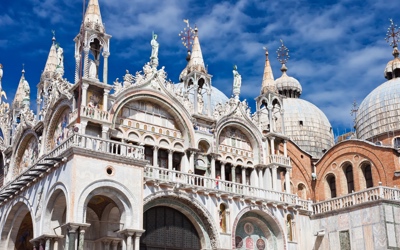
Collections
St Mark Basilica
121 Activities
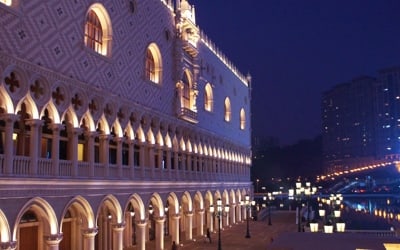
Collections
Doge's Palace
97 Activities
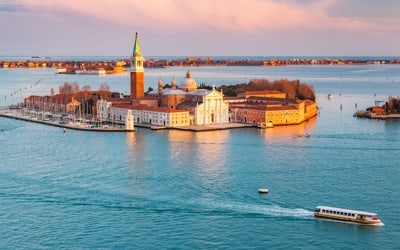
Collections
Other trips
40 Activities

